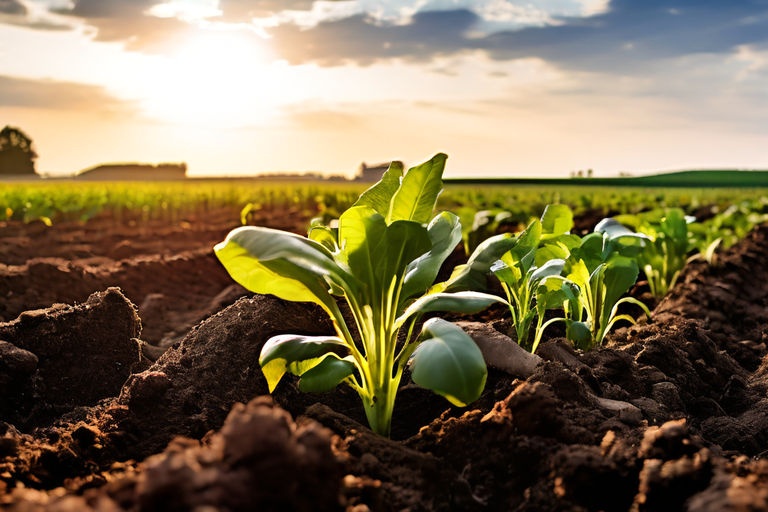How can I amend my soil to better retain water during drought conditions?

Amending Soil for Optimal Water Retention During Drought Conditions
As we delve into the subject of soil amendment for improved water retention, it's essential to understand the factors that influence a soil's ability to retain water. Soil texture, structure, organic matter, and the presence of certain minerals all play crucial roles in determining how well your soil can hold onto water during periods of drought.
Understanding Your Soil
The first step in amending your soil is to understand its current composition. Different soil types have varying capacities for water retention. For instance, sandy soils, due to their large particle size and low organic matter content, tend to drain water quickly, making them less ideal for water retention. On the other hand, clay soils, characterized by smaller particles and higher organic matter content, excel at holding onto water but may impede root growth due to their compact nature.
Adding Organic Matter
One of the most effective ways to improve your soil's water retention capacity is by adding organic matter. Organic matter, such as compost, well-rotted manure, or leaf mold, enhances the soil's structure, increases its capacity to hold onto nutrients, and most importantly, improves its ability to retain water. Organic matter acts like a sponge, soaking up water and releasing it slowly over time, ensuring that your plants have a steady supply of water during drought conditions.
Employing Mulching Techniques
Mulching is another excellent technique for improving water retention. By covering the soil surface with a layer of organic material, you can reduce evaporation, keep the soil temperature stable, and prevent weed growth. Wood chips, straw, and compost can all serve as effective mulches. Remember to apply your mulch layer evenly and avoid piling it up against the stems of your plants.
Integrating Water-Absorbing Polymers
If you're dealing with severely drought-prone conditions, you might want to consider incorporating water-absorbing polymers into your soil. These synthetic or natural compounds can absorb and retain large amounts of water, releasing it slowly as the soil dries out. However, it's important to note that while these polymers can be highly effective, they should be used judiciously and as part of a broader soil amendment strategy.
Optimizing Irrigation Practices
While not strictly a soil amendment, optimizing your irrigation practices can significantly improve your soil's water retention capacity. Deep, infrequent watering encourages the development of deep root systems, enabling your plants to access water stored deeper in the soil. Additionally, watering early in the morning reduces water loss through evaporation.
Creating Swales and Terraces
If your garden is on a slope, creating swales (shallow ditches) or terraces can help slow down runoff, giving the water more time to infiltrate the soil. This is especially useful in heavy clay soils, which tend to have slower infiltration rates.
Introducing Beneficial Microorganisms
Lastly, introducing beneficial microorganisms to your soil can also enhance its water retention capacity. These microorganisms, which include certain types of bacteria and fungi, help break down organic matter, improving soil structure and increasing its ability to hold onto water.
To Summarize
Amending your soil for better water retention during drought conditions involves a multi-faceted approach. Understanding your soil type, adding organic matter, employing mulching techniques, integrating water-absorbing polymers, optimizing irrigation practices, creating swales and terraces, and introducing beneficial microorganisms are all effective strategies. Remember, each garden is unique, and what works best will depend on your specific conditions. But with patience, persistence, and a little bit of elbow grease, you can improve your soil's water retention capacity and help your plants thrive even during periods of drought.

